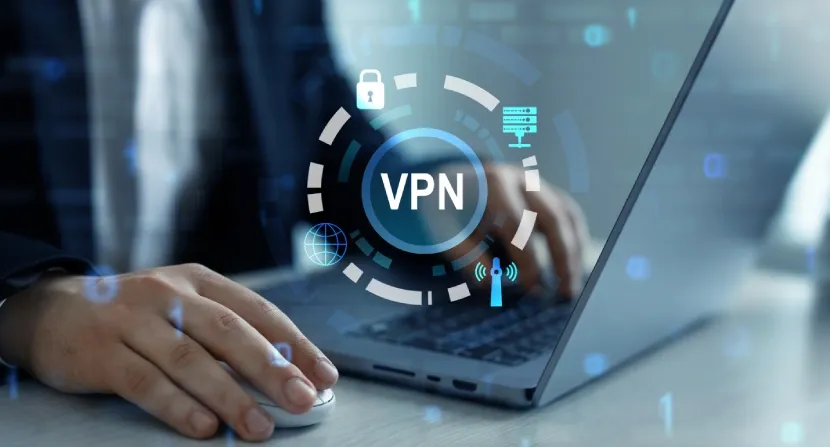Welcome to our guide on how to recover a hacked Facebook account. If you’ve recently experienced a security breach on your Facebook profile, don’t panic. We’re here to help you navigate the recovery process and regain control of your account. Having your Facebook account hacked can be distressing, but with the right steps and precautions, you can restore your profile and secure your personal information. In this article, we will walk you through the necessary steps to recover a hacked Facebook account. From understanding the signs of a compromised account to utilizing additional measures for heightened security, we’ve got you covered. Understanding a Hacked Facebook Account Before we delve into the recovery process, it’s important to understand the signs of a hacked Facebook account and the potential risks involved. Common indicators of a compromised account may include: Unauthorized changes to your personal information Unfamiliar posts or messages being sent from your account Difficulty logging in or being locked out of your account Inaccessible or deleted contacts, friends, or groups Unusual notifications or settings When your Facebook account is hacked, it exposes your personal information and compromises your privacy. Hackers may misuse your account for various purposes, including spreading spam, scams, or even accessing your contacts’ personal data. To restore your hacked profile to its original state, it’s crucial to act promptly and follow the necessary steps to regain control. Steps to Recover a Hacked Facebook Account Recovering a hacked Facebook account can be a daunting process, but with the right steps, you can regain access and protect your profile from future security breaches. Follow the step-by-step guide below to ensure a successful recovery: Change Your Password: Begin by resetting your Facebook password. Go to the Facebook login page and click on “Forgot Password?” Follow the instructions to create a new password that is strong and unique. Avoid using easily guessable information like your name or birthdate. Check for Suspicious Activity: After changing your password, review the recent activity on your Facebook account. Look for any unauthorized login attempts, unfamiliar posts, or changes in settings. If you notice any suspicious activity, report it to Facebook immediately. Secure Your Email Account: Ensure that your email account is also secure since it is linked to your Facebook account. Change the password for your email and enable two-factor authentication if available. This adds an extra layer of security by requiring a verification code in addition to your password. Enable Two-Factor Authentication on Facebook: To further protect your Facebook account, enable two-factor authentication. This feature adds an extra step when logging in, typically requiring a verification code sent to your mobile device. It helps prevent unauthorized access even if a hacker knows your password. Review Privacy Settings: Take the time to review and adjust your Facebook privacy settings. Ensure that your posts, personal information, and friend list are only visible to the desired audience. Regularly check for any changes made by the hacker and revert them to their original settings. Throughout the recovery process, it’s important to stay vigilant and promptly report any suspicious activities or changes to Facebook. Remember, prevention is key, so it’s recommended to use strong, unique passwords and regularly monitor your account for any signs of compromise. Additional Measures for Account Recovery Recovering a compromised Facebook account can be a stressful experience. To further protect your profile and prevent future security breaches, consider implementing the following additional measures: Enable Two-Factor Authentication: By enabling two-factor authentication, you add an extra layer of security to your account. This feature requires you to verify your identity through a secondary method, such as a code sent to your mobile device, in addition to your password. Review Privacy Settings: Regularly review and update your privacy settings to ensure that your personal information is only visible to those you trust. Limiting the visibility of your posts, photos, and personal details can help protect your privacy. Secure Your Email Account: Since your Facebook account is linked to your email address, it is crucial to secure your email account as well. Ensure that you have a strong and unique password for your email account, and consider enabling two-factor authentication for added security. Be Wary of Suspicious Links and Emails: Exercise caution when clicking on links or opening emails, especially if they appear suspicious or come from unknown sources. Phishing attempts are common tactics used by hackers to gain access to your account. Frequently Change Your Password: Regularly changing your Facebook password can help prevent unauthorized access. Choose a strong, unique password that is difficult to guess and avoid using the same password for multiple accounts. Monitor Account Activity: Keep an eye on your account activity and review the login history regularly. If you notice any suspicious activity, such as unrecognized logins or unfamiliar devices, take immediate action by changing your password and reporting the issue to Facebook. By implementing these additional security measures, you can significantly reduce the risk of a compromised Facebook account and maintain the privacy of your personal information. Seeking Help from Facebook Support If you find yourself facing difficulties in recovering your hacked Facebook account, it is crucial to seek assistance from the dedicated support channels provided by Facebook. They are equipped to help you regain control over your account and resolve any issues you may encounter during the recovery process. To contact Facebook support for hacked accounts, follow these steps: Visit the Facebook Help Center at https://www.facebook.com/help/ Navigate to the “Security and Login” section. Click on “Get Help from Facebook.” Select the option that best describes your issue, such as “Hacked and Fake Accounts.” Choose the appropriate sub-category related to your situation. Review the available resources and solutions provided by Facebook to address common account recovery issues. If you are unable to resolve your problem using the available resources, you may have the option to contact Facebook support directly. Look for a “Contact Us” or “Submit a Request” option for further assistance. When reaching out to Facebook support, provide as much relevant information as possible, including details about the hacking incident and any steps





